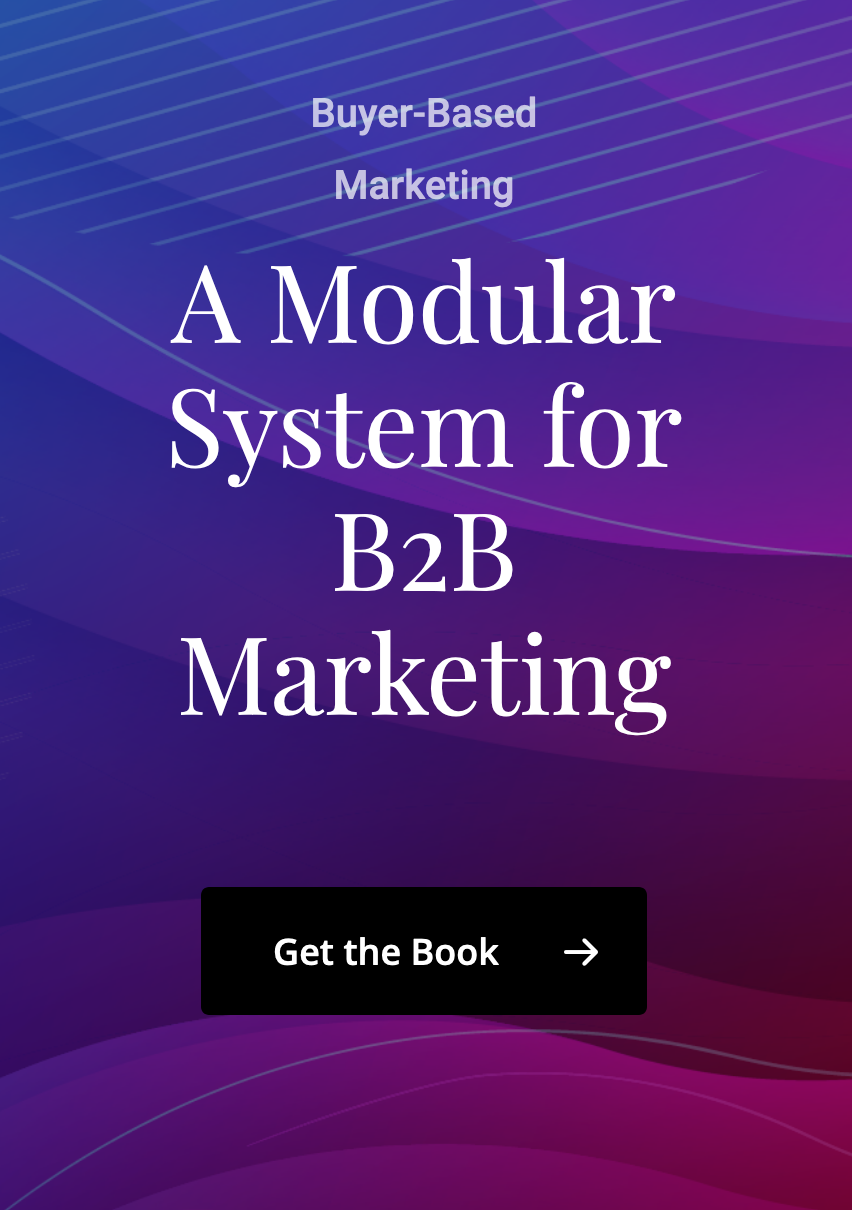Content Creation for B2B
Content creation templates are useful for a variety of reasons. One, they help you get buy-in from the people who can help supply information. I’m sure many of the people reading this have had problems with stakeholders contributing at all to writing for marketing. In my opinion, that happens because we ask them to do too much. You can’t give someone a blank slate and expect them to be excited about helping you out. Enter the content template.
Here is the link to the Google Sheet: Google Sheet Content Creation Template
A content template should contain enough information to be useful for all stakeholders that will be responsible for writing, editing, or proofing. They should also provide enough context to external resources; a better brief will create a better piece of content.
I like to make sure that I have information related to the buyer profile, target market, and the product or service that is the focus of my writing. At a minimum, I present the following information:
Buyer Profile
1. Buyer profile name
2. Industry
3. Subindustry
4. Role
5. Primary problem
6. Value proposition
7. Unique selling points
8. Buyer hesitations
9. Key features
Product/Service Information
1. Key features
2. Key benefits
3. Weaknesses
4. Unique selling points
5. Value proposition
Content Brief
1. Format
2. Synopsis
3. Goal
4. Main takeaways
The three information segments may seem hard work. The first few times you create one of these it will be tedious. Once you get rolling the continued creation of these briefs becomes more accessible and more manageable. You’ll notice that you can reuse most of the profile and product sections, making future content creation much faster than starting from scratch with an idea. You’ll also notice some common elements between the sections; they are different from each other. In the other resource posts on this website and my book, I take you through creating these components separately. If you go through the process of creating buyer profiles and product analysis, when you need some content, you can focus on the brief.
I won’t go too far into the buyer profile and product analysis (you can find those by clicking the links), but I do want to talk about the four components of the content brief section.

Four Components
1. Format – The format of the content. Brochures, blog posts, white papers, and every other type of writing has widely varied requirements. Document the format, informing stakeholders know how much they have to write.
2. Synopsis – Explain, at a high level, what the piece of content will contain. You don’t need to get too crazy here, supply enough information to give clear guidance on what you’re trying to write.
3. Goal – Whats your best result from this piece of content? Are you updating some collateral? Are you trying to create a highly converting blog post? The tone of writing can be very different when you compare an informational post about regulation and a sales post about a product.
4. Main takeaways – Capture what you want the reader to take away from the content piece. You can read the article when it’s done and decide if you can take away what you want someone else to learn. I don’t think anything can ruin a plan as much as not focusing on what a reader will get from reading your stuff.
Try to keep information accessible
I’ve attached the type of spreadsheet that I like to use for this process at the beginning of the article. It’s a Google sheet so you can duplicate it for yourself if you want. Keeping track of all these things can be a little bit complicated; I wouldn’t keep these as standalone documents. Instead, I would complete buyer profiles and product analysis separately and copy-paste them into the brief. When you keep everything accessible, you may find you don’t repeat as many tasks.




